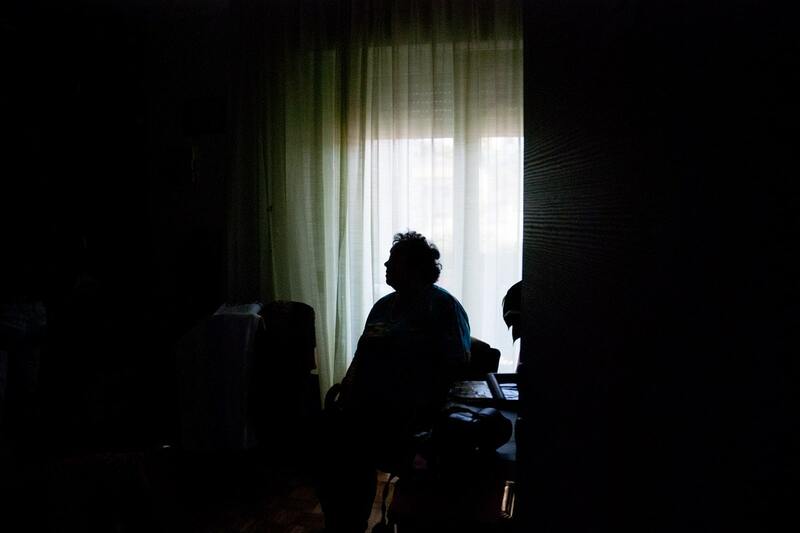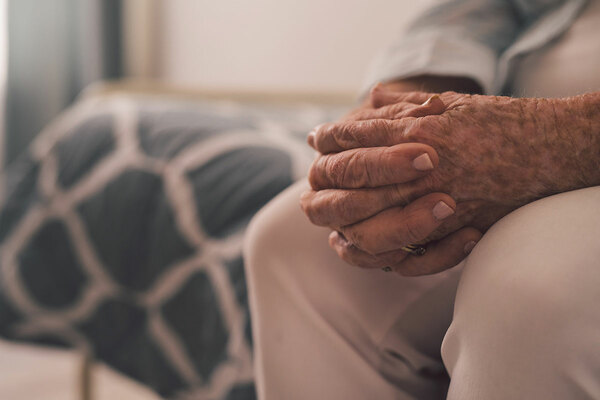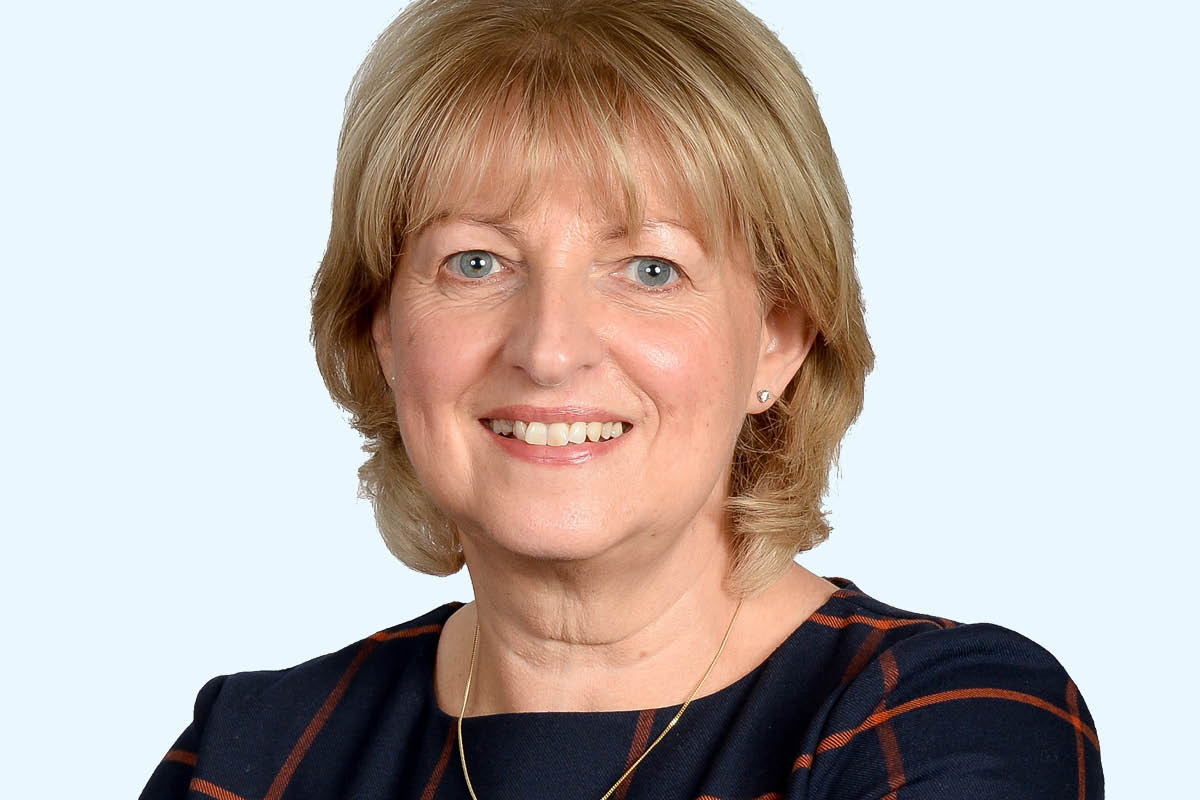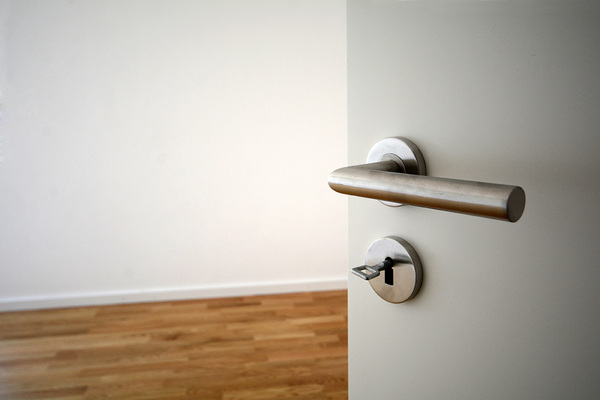You are viewing 1 of your 1 free articles
Customers have said loneliness is one of their biggest worries – the sector must respond
We have been co-designing our approach to the pandemic. One message has been coming back loud and strong from our customers: people are lonely. If it tops residents’ lists of concerns, the housing sector must respond, writes Tony Stacey
For me, leadership is simple: do the best with what you have got. Social housing organisations have been dealt a good set of cards. Now it’s up to us to make the maximum impact with the resources at our disposal.
And the greatest, of course, is our people. This means all our people: staff, tenants, customers, volunteers, funders, partners. No exceptions. It’s a strengths-based approach. The next step is to decide where to apply this collective effort.
At South Yorkshire Housing Association (SYHA), we have used co-design and co-delivery to extend the principles of the National Housing Federation-led Together with Tenants campaign. So when we, like many other associations, wanted to find out how our customers were doing seven months into a COVID world, we invited our tenants to talk to each other and bring back their findings.
“None of us can reach our potential if we feel disconnected”
The results are spectacularly different than if we had followed the usual approach where professionals design the survey and quiz tenants. This time our customers decided what to ask and how. They are running the conversations with nothing proscribed as off limits.
They have come back with one resounding message: people are lonely.
I would have expected this to be one of the main things we heard alongside a dozen other concerns. But I didn’t foresee this would dominate to the extent it has.
You might argue that it is not up to us to seek to address this. Aren’t others better placed than housing associations to tackle people feeling isolated? And this is where we would disagree strongly.
The answer to SYHA’s ‘why’ question includes the phrase “with SYHA you can reach your potential.” None of us can reach our potential if we feel disconnected. This has been high on our list of intended impacts for some time.
I will pick out two of our approaches. SYHA has run Age Better in Sheffield for six years now. It is a programme to tackle loneliness and isolation experienced by people over 55 in the city. It is co-governed by a board, half of which is made up of local over-55s who have been or are lonely themselves.
Co-design in action. The majority of our customers are not SYHA tenants. We have worked with 3,000 people, half of whom report reduced loneliness and more than two-thirds report improved mental well-being – 21% of participants were BAME.
Since March, Age Better has delivered an arts and dance programme in extra-care schemes across the city, reaching more than 850 older people, with more to come. The project has delivered more than 3,000 ‘Hello Sheffield Neighbour’ activity packs to older people across the city.
The second is our volunteering programme. A third of our volunteers are our customers, many of them disabled. Last year they provided our services with 10,000 hours of support. Our volunteers report significantly enhanced well-being. In a COVID world, it’s a brilliant way of staying connected – one of the five principles of the New Economic Foundation’s five ways to well-being.
“[Closing offices] is short-sighted... and it fails to take account of the human need for contact”
But what about the 600 people we employ? We know this applies to many of them and not just where they have been working from home. Colleagues may assure us that they are OK and put on a brave face, but I suspect we haven’t seen the half of it yet.
I have followed the narrative about the changing ways we work – much of it in the pages of Inside Housing – in recent weeks. I fundamentally disagree with those who are closing their workspaces. I think it is short-sighted, is based on a transactional view of the landlord-tenant relationship and it fails to take account of the human need for contact.
Everyone who comes into our head office walks across a stone threshold that bears the words ‘come home’. One member of our team brought in her eight-year-old daughter who said: “Mummy if I worked here, I don’t think I would ever come home!”
We need each other to do our best work. Our office has never closed. One of my colleagues, a cancer survivor whom you might have expected to have self-isolated, said to me this week: “I come in every day, it has saved my life.”
We work closely with Viewpoint, a social enterprise that provides market research to many housing organisations and employs mainly disabled people. In a brilliant blog, one of their team (coincidentally an SYHA tenant) said one of the reasons she comes into work is so that “I need pretty much full-time care at home; it’s nice to come to work and be with people who aren’t on my payroll”.
Another worker, who is blind, said: “One of the great things about working here is you can walk into a door and no one bats an eyelid. Or at least, I don’t think they do!”
The Viewpoint blog effectively highlights the way in which thinking about work from the perspective of disabled people can amplify best practice in all organisations. We want to do our best work and we want to be our best selves. We need to collaborate to do this.
As the Andy Haldane, chief economist at the Bank of England, has written: “Working from home is damaging our creative potential and economic well-being.” We need our homes and we need our spaces to connect. Zoom and Costa Coffee only get you so far.
Tony Stacey, chief executive, South Yorkshire Housing Association













